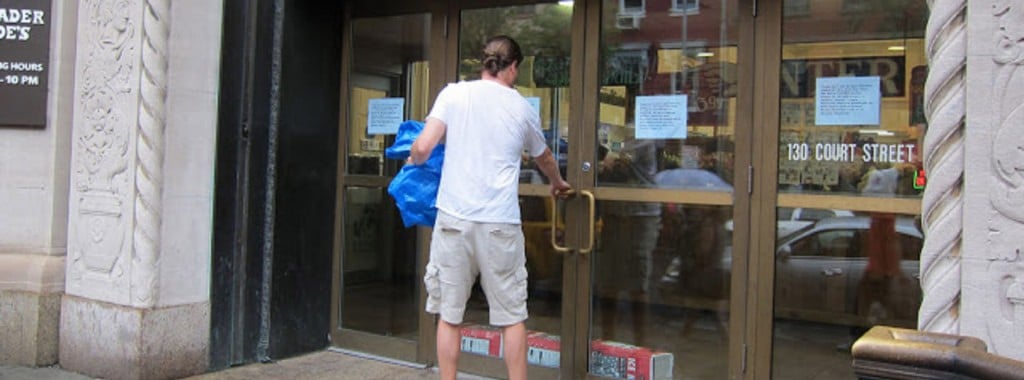Every large organisation complains about the “silo effect” – departments working in isolation. Customers seemingly suffer as a result of disjointed organisational structures. Interestingly, customers also tend to be the source of the solution. Alignment of silos is possible if customers are treated as the one thing we all have in common.
Mapping the customer experience enables real clarity about how departments are aligned
The customer experience enables us to connect people, processes and technology within a business. Mapping the customer experience and then analysing the impact of each department on the experience shows how and when customers encounter the different departments. This process also identifies how well or badly departments are aligned.
Understand the customers’ experience
Typically a customer experience is broken down into key phases and more detailed stages. Understanding the different phases and stages helps to identify the problems in an existing experience or to develop future scenarios.
The customers’ experience mapped can provide both the qualitative narrative that will engage the business in the customers’ experience and the quantitative analysis that identifies the points for impactful improvements.

Customers’ expectations are usually very clear. The challenge is to align those reasonable – and sometimes unreasonable – expectations with the reality of the organisation.
Align the front-stage channels
Channels need to work together for a good performance – but channels are often managed in silos. The first step in aligning the business to meet customers’ expectations is defining the role of each channel in the experience that is delivered to customers.
Step two is to clarify the overall customer strategy. Step three is to define key points of interdependency between channels. Which channel is in the lead? Which channel has a role in the beginning, middle and end of the experience?
Align the on-stage activity
On-stage can be understood as all the areas of a business that perform tasks that impact the customer experience directly – sales, marketing and fulfilment are all on-stage activities.
A good on-stage performance sees each area of a business supporting the customers’ experience. If each department understands that they are supporting one overall customer experience then alignment follows. Aligning to the customers’ experience and the business goals provides common purpose to all departments.
It takes 12 positive experiences to make up for one unresolved negative experience
Align the business back-stage
Back-stage is defined as the internal business activities that do not directly create the experience but set the conditions for the on-stage activity. Customer experience also provides a mechanism for a business to align its purpose and strategy.
The desired customer experience is defined to deliver against a business model or business goal. If the business is not aligned around that goal then the coherence of the performance will be impacted. Policies, people, processes, practice and systems align around the customers’ experience to deliver on business goals.
Internal alignment for better customer experiences
Understanding how customers are affected by the different areas of the business is a first step in getting people in different functions to work on aligned improvements. The result? Better internal alignment and increased collaboration. And perhaps most importantly, a better and more consistent customer experience. A better customer experience ultimately means bigger profits and lower costs.

Organisations trying to close the gaps between departments by introducing or changing processes struggle in what to address and where to start. A strong focus on delivering customers the best possible experience can help organisations in mapping internal and external customer-facing activities. Aligning business processes and departments with the customer lifecycle creates a smoother experience for customers and staff alike.



